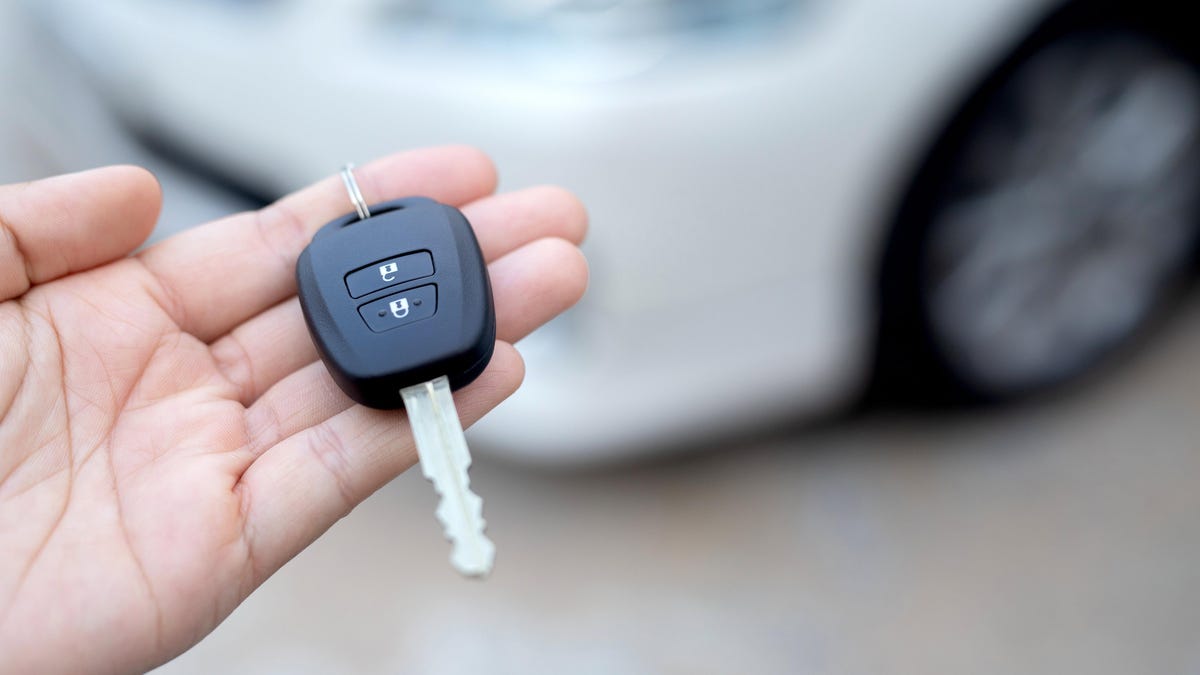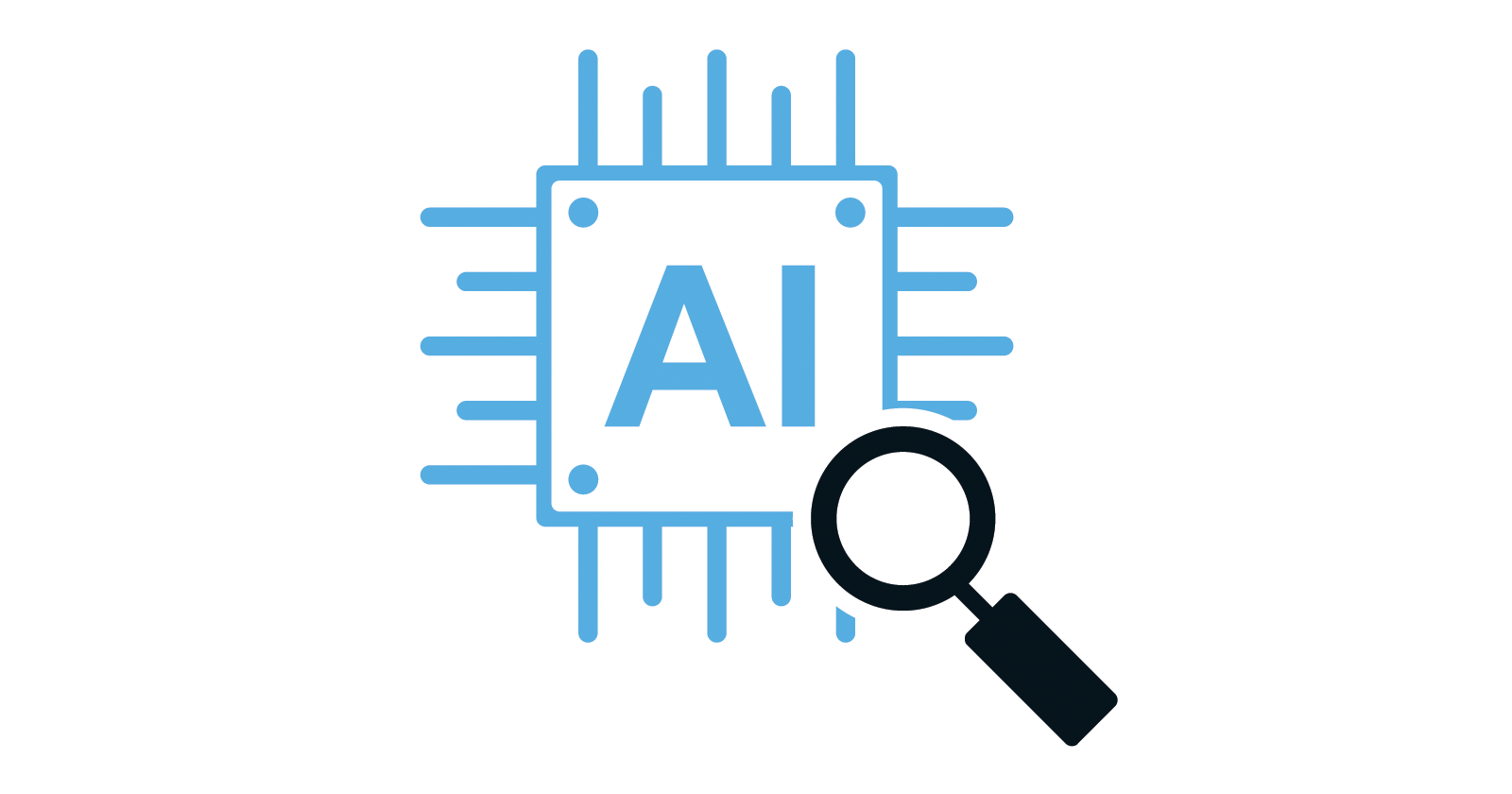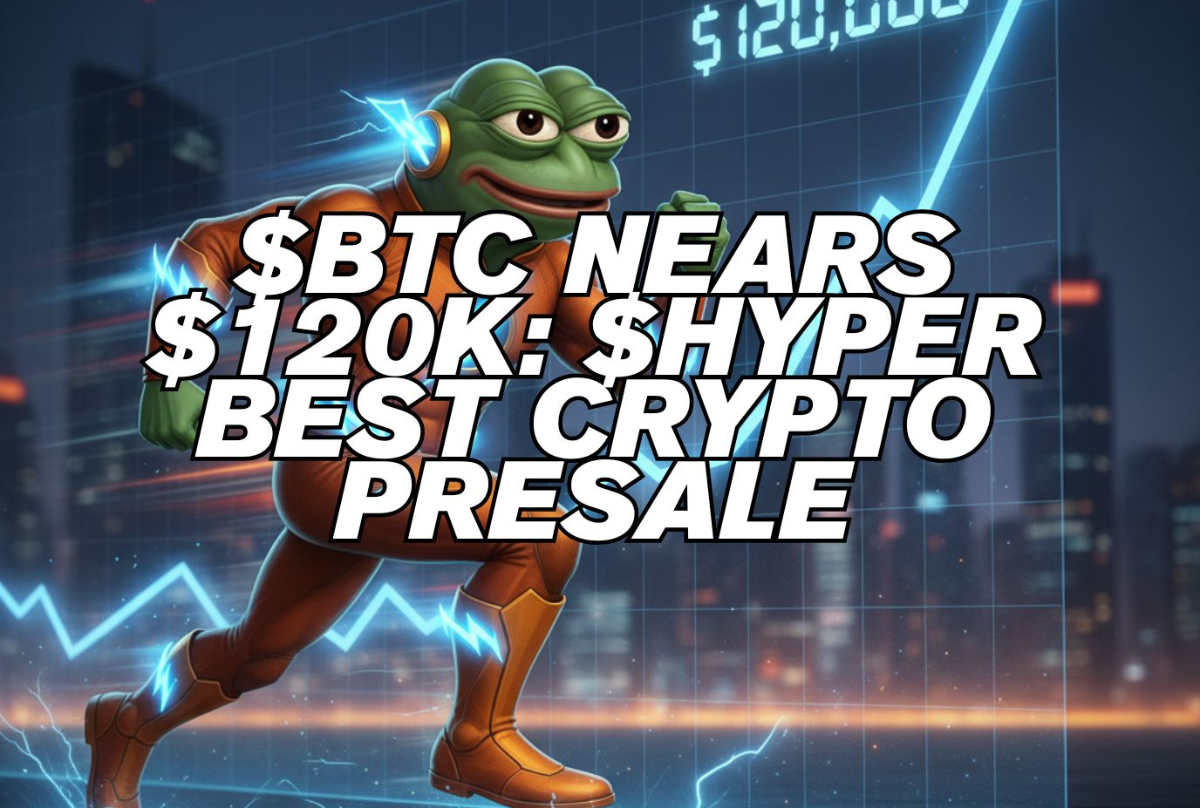The Differences Between These 4 Top Ranked Cryptocurrencies & Where To Buy Them In M’sia
We listed out 4 of the top ranked cryptocurrencies along with their security features and where to buy them in Malaysia. The post The Differences Between These 4 Top Ranked Cryptocurrencies & Where To Buy Them In M’sia appeared...

If you’re a newcomer in the crypto scene, it’s easy to get lost and overwhelmed with information since there are over 4,000 cryptocurrencies in the world as of January 2021.
So, we’ve narrowed this article down to cover the 4 top-ranked cryptocurrencies globally. We highlight how they work, their security models, usage, and where to buy them in Malaysia.
1. Bitcoin (BTC)
The first decentralised cryptocurrency and most likely the most well-known among the others, Bitcoin was created in 2009 by a figure named “Satoshi Nakamoto”, but it isn’t clear who the actual creator is and how many people are behind that pseudonymous name.
Over the years, many people have come forth and claimed that they were the Satoshi Nakamoto. There have been rumours and reports suggesting that Japanese physicist, Dorian Nakamoto is “The Face Behind Bitcoin”, but Dorian denied being involved in the Bitcoin project.
According to the Bitcoin whitepaper published on October 31, 2008, Bitcoin was created as a peer-to-peer version of electronic cash that would allow online transactions without going through financial institutions.
Blockchain is the technology that enables Bitcoin protocol. It is a shared and distributed ledger that contains the history of every Bitcoin transaction that ever took place, and consists of blocks that are chained together.
The newest block has the most recent transaction, its timestamp and the hash data of the previous block stored in it. Modifications to an older block will cause the hash data for the block to change, hence invalidating the blocks that come after it as the hash data stored in the next block is no longer the same.
“Double-spending” is a unique risk to digital currencies where the same money can be spent twice. This is because digital information can be copied and reproduced relatively easily on a computer. Physical currencies don’t have this issue because they cannot be easily replicated due to the physical form.
And Blockchain helped solve the double-spending problem in digital currencies because all transactions are recorded in blockchain in sequential order.
Security
The underlying security and consensus model for Bitcoin is proof-of-work (PoW) algorithm. In layman terms, PoW involves using highly specialied machines to solve a complex mathematical puzzle, also known as “mining” in Bitcoin.
If a miner (machine) manages to solve the puzzle, the new block is formed. The transactions are placed in this block and considered confirmed. The miner that solved the puzzle and added new blocks will be rewarded with some newly mined Bitcoins.
In order to participate in mining, you’ll need ASIC (Application Specific Integrated Circuits) computers which are designed specifically for mining Bitcoin and can cost several thousand dollars.
Usage
Now, different cryptocurrencies have different main usages, and for Bitcoin, it is the store of value (SoV). Despite its volatility, one of the main reasons why Bitcoin is viewed as a SoV is because of its scarcity.
Not only is it very difficult to mine Bitcoin through cryptographic puzzles, but there is also a hard cap on how many Bitcoins can ever be mined, which is 21 million. As of today, there are 18.5 million Bitcoins that have been mined in circulation.
Where to Buy
For Malaysians, there are 3 main ways you can buy Bitcoin:
Through regulated exchanges by The Securities Commission Malaysia (SC). The only 3 regulated exchanges are Luno, SINEGY, and Tokenize.Through unregulated exchanges. These include Binance, Kraken, Huobi, and FTX. Do note, however, that some of these exchanges are listed in SC’s Investor Alert List.Through P2P platforms like LocalBitcoins, and Remitano.2. Ethereum (ETH)
The second-largest decentralised cryptocurrency in the world, Ethereum (ETH), was created by Vitalik Buterin when he was 21 years old.
Prior to Ethereum, he got into the crypto space in 2011, co-founded Bitcoin Magazine and got involved in many things Bitcoin-related for about 2 years.
He later dropped out of university to focus on crypto full-time and realised that there were more things one could do with blockchains than just a single peer-to-peer currency, which was how the idea of Ethereum was born in 2015.
Ethereum’s native coin is referred to as the “Ether”, which you can transfer between accounts or earn through mining, similar to Bitcoin.
The main purpose of Ethereum was to expand on the limitations of Bitcoin. Vitalik saw Bitcoin as a pocket calculator and Ethereum as a smartphone, whereby a smartphone can not only run a pocket calculator app but also many other apps.
The main difference between Bitcoin and Ethereum is that Bitcoin is like a “digital dollar” whereas Ethereum is not just another cryptocurrency, but also has its own ledger technology that users can use to build new programmes, known as “smart contracts”.
It’s a type of Ethereum account and can send transactions over the network and have a balance. But these accounts are not controlled by a user.
Instead, users have user accounts to interact with the smart contract and submit transactions that execute a function defined on the smart contract. Smart contracts can define rules like a regular contract, and automatically enforce them via the code.
In other words, a smart contract works like a vending machine, whereby no physical vendor is needed to operate the machine, but users who want to make a purchase just have to key in the right input for the output they want.
Security
Ethereum currently runs on PoW like Bitcoin as well, but is moving towards proof-of-stake (PoS) as its security model. How it works is that Ethereum users will have to stake 32 ETH to become a validator in the network.
When you become a validator, you’ll be randomly chosen to create blocks and are responsible for checking and confirming the transactions that are going into a block. A portion of your stake will be lost if you fail to validate blocks given to you whereas if you validate a malicious block, you’ll be heavily penalised.
However, the good news is that validators will also get rewards for proposing new blocks and validating the ones given to them, and you don’t need high-end hardware to create blocks or thorough computation to mine them.
Ethereum currently has unlimited supply but is capped at 18 million ETH per year.
Where To Buy
Similar to Bitcoin, Malaysians can buy Ethereum from:
Through regulated exchanges by SC, of which we have only 3, Luno, SINEGY, and Tokenize.Through unregulated exchanges like Binance, Kraken, Huobi, and FTX. Again, some of these exchanges are listed in SC’s Investor Alert List.Through P2P platforms like Remitano.3. Binance Coin (BNB)
Binance Coin was created by Changpeng Zhao, a former McDonald’s worker who sold his apartment to buy and learn all about Bitcoin when he heard about it during a game of poker in 2013.
In 2017, BNB was launched with an initial coin offering (ICO) of 100 million which got sold within 20 days, and the company raised US$15 million.
The cryptocurrency initially started out as an Ethereum-based token but eventually moved to have its own custom blockchain known as Binance Chain, which didn’t yet support smart contracts like Ethereum.
Binance Chain is a peer-to-peer distributed system created for the intended purpose of having an alternative marketplace for issuing and exchanging digital assets in a decentralised manner.
However, to help with the limitations of Binance Chain, Binance Smart Chain was recently introduced. It now supports smart contracts and is compatible with the Ethereum Virtual Machine (EVM).
Security
Binance Chain uses both PoW, PoS, and Proof of Authority (PoA) securities. PoA is used in the Binance Smart Chain so that blocks can be produced by a limited set of validators, have them take turns to produce blocks in a PoA manner, and have the validators elected through a staking-based governance.
Dictionary Time: Proof-of-Authority (PoA) is a reputation-based consensus algorithm whereby block validators are staking their reputation instead of coins. Blocks and transactions are verified by pre-approved participants, who act as moderators of the system.
BinanceUsage
Binance Coin (BNB) is capped at a supply of 200 million tokens. 100 million tokens were already released to the public during the ICO, while 80 million were allocated to the founding team and 20 million to angel investors, according to Coindesk.
However, Binance plans to burn half of their total supply (100 million) to stabilise the price of BNB over time and combat the depreciation of value that will happen with the yearly decreasing discount.
Where To Buy
For Malaysians, there’s only one way you can buy $BNB, which is through unregulated exchanges like Binance, Kraken, Huobi, and FTX.
4. Tether (USDT)
As cryptocurrencies are notorious for their volatility, Tether, the first stablecoin was created in 2014 by Brock Pierce, Reeve Collins, and Craig Sellars.
Stablecoins are often pegged to real-world government-issued currency (fiat currency) like the US dollar and Ringgit. There are currently more than 40 stablecoins in circulation today. As Tether is tied to the US dollar, 1 USDT is equivalent to US$1.
The intended purpose of creating stablecoins is to tackle the price fluctuations of cryptocurrencies, and in the case of Tether, they wanted to tackle the need for traders to be able to easily transfer value between crypto and fiat currencies.
Tether doesn’t have its own blockchain, but are on 7 other blockchains which are Algorand, BCH, EOS, Ethereum, Liquid Network, Omni and Tron, with a total market cap of at least $37 billion, according to Coindesk.
Where To Buy
There’s only one way Malaysians can buy USDT, and that is through unregulated exchanges like Binance, Kraken, Huobi, and FTX.
An Overview Of The 4 Cryptocurrencies
| Bitcoin (BTC) | Ethereum (ETH) | Binance Coin (BNB) | Tether (USDT) | |
| Founder | Satoshi Nakamoto (pseudonym) | Vitalik Buterin | Changpeng Zhao | Brock Pierce, Reeve Collins, and Craig Sellars |
| Founding Year | 2009 | 2015 | 2017 | 2014 |
| Nature of cryptocurrency | Decentralised | Decentralised | Centralised and Decentralised | Stablecoin |
| Security | PoW | PoW and PoS | PoW, PoS, and PoA | Depending on the blockchain |
| Where To Buy In Malaysia | Regulated: Luno, SINEGY, and Tokenize. Unregulated: Binance, Kraken, Huobi, and FTX. P2P: LocalBitcoins, and Remitano. | Regulated: Luno, SINEGY, and Tokenize. Unregulated: Binance, Kraken, Huobi, and FTX. P2P: Remitano. | Unregulated: Binance, Kraken, Huobi, and FTX. | Unregulated: Binance, Kraken, Huobi, and FTX. |
Featured Image Credit: My Broker Star

 Koichiko
Koichiko 
































